
NGC 7303 is a barred spiral galaxy around 170 million light-years from Earth in the constellation Pegasus. NGC 7303 was discovered by astronomer John Herschel on September 15, 1828.

NGC 7029 is an elliptical galaxy located about 120 million light-years away from Earth in the constellation Indus. NGC 7029 has an estimated diameter of 129,000 light-years. It was discovered by astronomer John Herschel on October 10, 1834. It is in a pair of galaxies with NGC 7022.
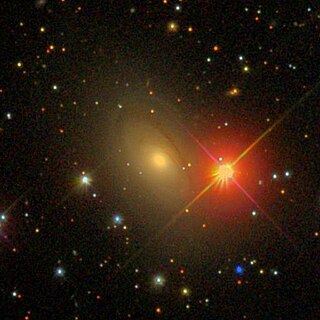
NGC 7025 is a spiral galaxy located about 210 million light-years away from Earth in the constellation Delphinus. NGC 7025 is also classified as a LINER galaxy. The galaxy has an estimated diameter of 161,830 light-years. It was discovered by astronomer Albert Marth on September 17, 1863.
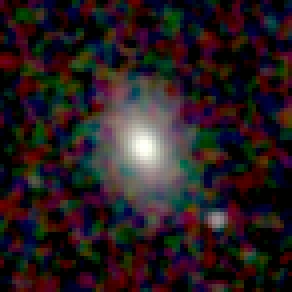
NGC 7033 is a lenticular galaxy located about 390 million light-years away in the constellation of Pegasus. It is part of a pair of galaxies that contains the nearby galaxy NGC 7034. NGC 7033 was discovered by astronomer Albert Marth on September 17, 1863.

NGC 7035 and NGC 7035A are a pair of interacting lenticular galaxies located around 400 to 430 million light-years away in the constellation of Capricornus. The main galaxy, NGC 7035 was discovered by astronomer Frank Muller in 1886.

NGC 7038 is an intermediate spiral galaxy located about 210 million light-years away in the constellation of Indus. Astronomer John Herschel discovered NGC 7038 on September 30, 1834.
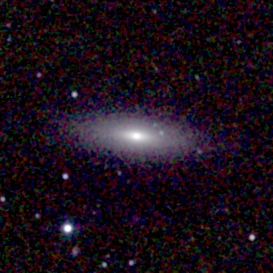
NGC 7041 is a lenticular galaxy located about 80 million light-years away in the constellation of Indus. NGC 7041 was discovered by astronomer John Herschel on July 7, 1834.
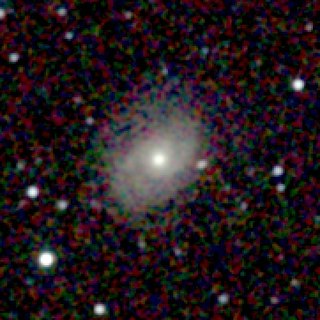
NGC 7042 is a spiral galaxy located about 210 million light-years away in the constellation of Pegasus. NGC 7042 is part of a pair of galaxies that contains the galaxy NGC 7043. Astronomer William Herschel discovered NGC 7042 on October 16, 1784.
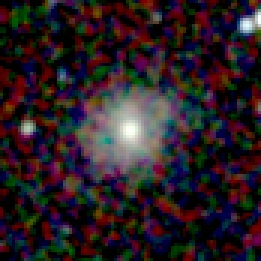
NGC 7043 Is a barred spiral galaxy located about 200 million light-years away in the constellation of Pegasus. NGC 7043 is part of a pair of galaxies that contains the galaxy NGC 7042. It has an estimated diameter of 73,100 light-years. NGC 7043 was discovered by astronomer Albert Marth on August 18, 1863.
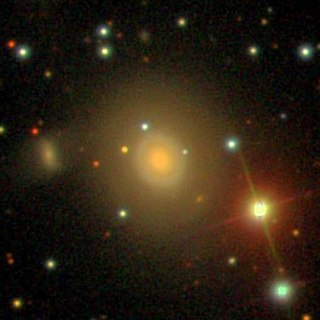
NGC 7053 is a spiral galaxy located about 200 million light-years away in the constellation of Pegasus. It was discovered by astronomer Albert Marth on September 2, 1863. It was then rediscovered by astronomer Heinrich d'Arrest on October 8, 1865.
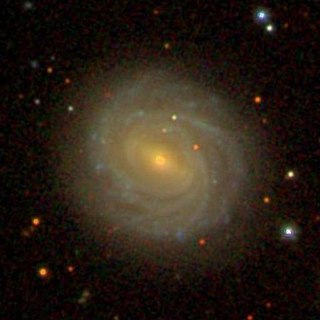
NGC 7056 is a barred spiral galaxy located about 225 million light-years away in the constellation of Pegasus. NGC 7056 was discovered by astronomer Albert Marth on September 17, 1863. It was then rediscovered by astronomer Truman Henry Safford on September 29, 1866.
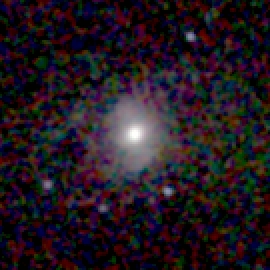
NGC 7060 is an intermediate spiral galaxy located about 200 million light-years away in the constellation of Microscopium. The spiral arms of NGC 7060 appear to overlap. NGC 7060 was discovered by astronomer John Herschel on September 2, 1836.

NGC 7066 is a spiral galaxy located about 210 million light-years away in the constellation of Pegasus. NGC 7066 was discovered by astronomer Lewis Swift on August 31, 1886.

NGC 7068 is a spiral galaxy located about 215 million light-years away in the constellation of Pegasus. NGC 7068 was discovered by astronomer Albert Marth on November 7, 1863.

NGC 7074 is an edge-on lenticular galaxy located about 140 million light-years away in the constellation of Pegasus. NGC 7074 was discovered by astronomer Albert Marth on October 16, 1863.

NGC 7085 is a spiral galaxy located about 365 million light-years away in the constellation of Pegasus. NGC 7085 was discovered by astronomer Albert Marth on August 3, 1864.
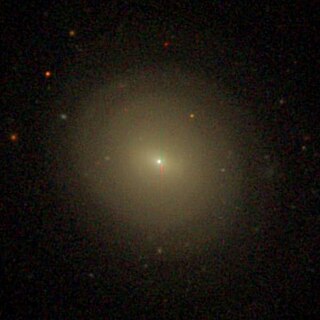
NGC 4620 is a lenticular galaxy located about 65 million light-years away in the constellation of Virgo. It was discovered by astronomer John Herschel on March 29, 1830. NGC 4620 is a member of the Virgo Cluster.
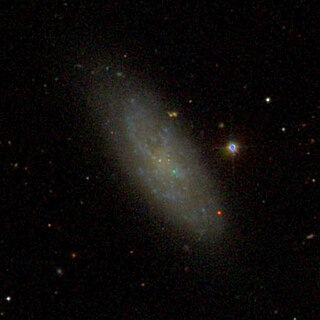
NGC 4633 is a spiral galaxy located about 70 million light-years away in the constellation of Coma Berenices. It is interacting with the nearby galaxy NGC 4634. NGC 4633 was discovered by astronomer Edward D. Swift on April 27, 1887. It was rediscovered on November 23, 1900, by astronomer Arnold Schwassmann and was later listed as IC 3688. NGC 4633 is a member of the Virgo Cluster.
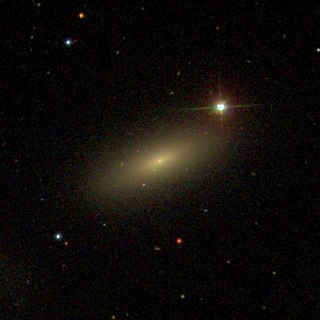
NGC 4436 is a lenticular or dwarf elliptical galaxy located about 60 million light-years away in the constellation of Virgo. NGC 4436 was discovered by astronomer William Herschel on April 17, 1784. The galaxy is a member of the Virgo Cluster.

NGC 4497 is a lenticular galaxy located about 60 million light-years away in the constellation Virgo. NGC 4497 was discovered by astronomer William Herschel on March 15, 1784. It was rediscovered by astronomer Arnold Schwassmann on November 8, 1900 and was listed as IC 3452. NGC 4497 is a member of the Virgo Cluster.




















